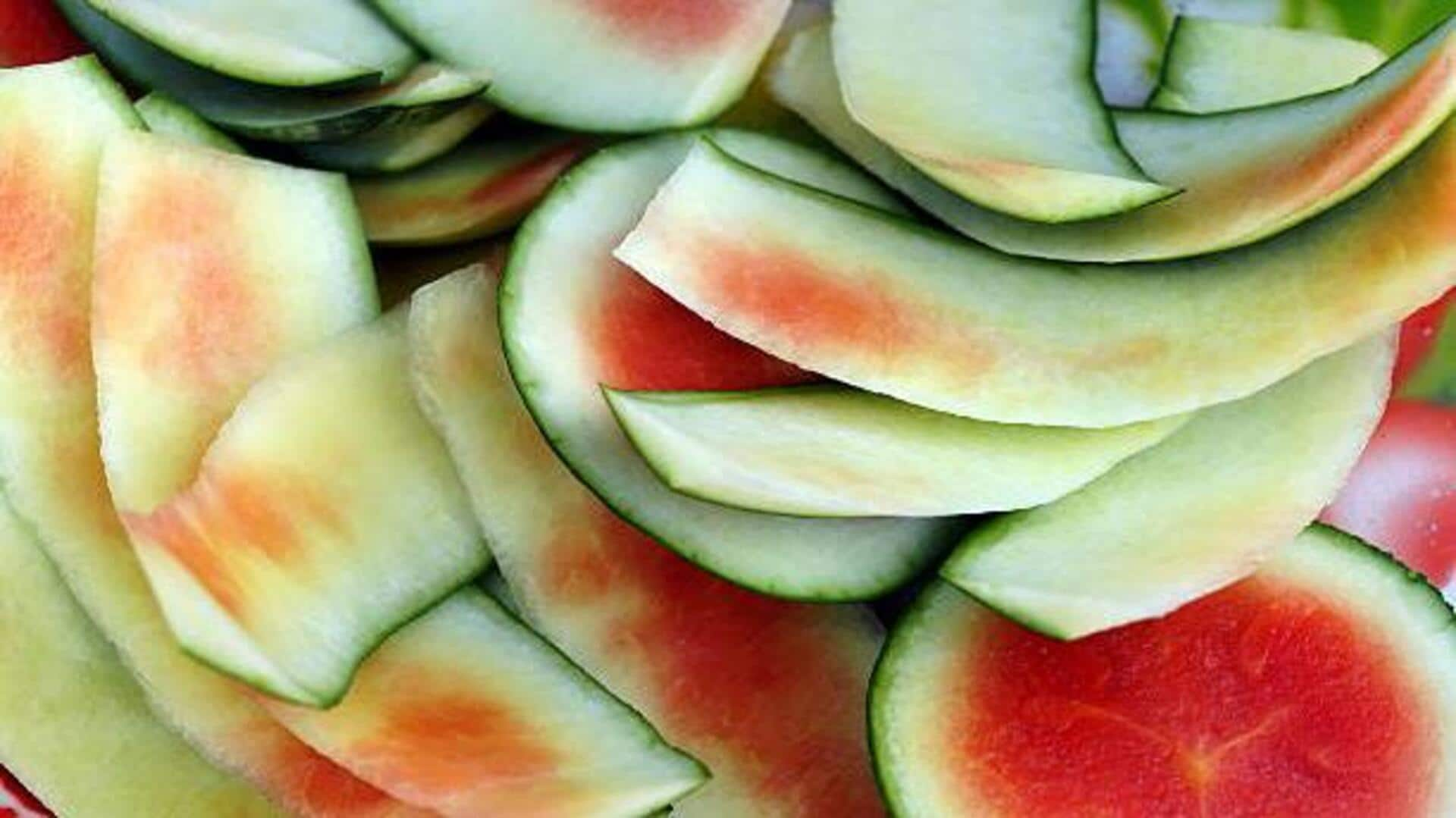Tea Strainer Cleaning
Cleaning a tea strainer can be a frustrating chore, but with a few simple techniques, you can keep it spotless. First, immediately rinse the strainer with hot
water after each use to prevent tea leaves from sticking. Use a small brush, like an old toothbrush, to scrub away any residue. Mix baking soda with water to create a paste, apply it to the strainer, and let it sit for a few minutes before scrubbing and rinsing. For stubborn stains, soak the strainer in a mixture of hot water and vinegar for about 15 minutes, then scrub and rinse thoroughly. Regularly cleaning your tea strainer not only keeps it hygienic but also ensures your tea tastes its best.
Cutlery Cleaning Made Easy
Keeping your cutlery clean and gleaming can be achieved using common kitchen ingredients. Lemon juice is an excellent natural cleaner; simply rub the cutlery with lemon juice and rinse with warm water. For stubborn stains, create a paste with baking soda and water, apply it to the cutlery, let it sit for a few minutes, then scrub and rinse. Vinegar also works effectively; soak the cutlery in a mixture of vinegar and water for a while, then rinse and dry. To prevent water spots, dry your cutlery immediately after washing. These simple methods save you from using harsh chemicals and ensure your cutlery remains sparkling clean, enhancing the dining experience.
Sour Curd Solutions
Curd that has turned sour doesn't have to be wasted; instead, it can be creatively repurposed in the kitchen. One option is to use it as a tenderizer for meat, as its acidity helps break down tough fibers. Another is incorporating it into batter for pancakes, waffles, or muffins to add a tangy flavor and moistness. You can also add it to dough for making parathas or rotis, giving them a softer texture and a slight sour taste. Additionally, sour curd can be used in marinades for vegetables or as a base for salad dressings, providing a unique flavor profile. Remember, when using sour curd, adjust the amount of other ingredients to balance the flavor and texture in your dishes.
Lumpy Curry Fixes
Dealing with a lumpy curry can be easily remedied with a few simple techniques. If the curry is still on the stovetop, whisk it vigorously with a wire whisk to break up the lumps. Alternatively, use an immersion blender to smooth out the texture. If you don't have either of these, transfer the curry to a regular blender and blend until smooth; ensure you blend in small batches and vent the top to prevent pressure buildup. To prevent lumps in the first place, add thickening agents, such as cornstarch or gram flour, slowly while constantly whisking. The goal is to maintain a smooth consistency, ensuring a visually appealing and palatable dish.
Breadcrumb Magic
Breadcrumbs are a versatile ingredient that can be used in numerous innovative ways in the kitchen. Beyond their common use for coating fried items, breadcrumbs can add texture to meatloaf and meatballs, preventing them from becoming too dense. They can also be used to thicken sauces and soups, providing body and absorbing excess liquid. Furthermore, breadcrumbs can be added to stuffing for vegetables or meat to add flavor and texture. Consider experimenting by mixing breadcrumbs with herbs, spices, and grated cheese before using them, adding depth to your dishes. Make your own breadcrumbs from stale bread for an economical and zero-waste approach.
Bitter Gourd Remedies
Bitter gourd, or karela, is known for its bitter taste, but there are several ways to reduce this. The most common method is to peel and slice the gourd, then salt it generously and let it sit for about 30 minutes. The salt draws out some of the bitterness. After this, rinse the pieces thoroughly before cooking. Another technique is to soak the sliced bitter gourd in buttermilk or yogurt for about 30 minutes, as the acidity helps to mellow the bitterness. Adding jaggery or sugar during cooking can balance the bitterness. Also, cooking bitter gourd with other strong flavors like onions, garlic, and chilies helps to mask the bitterness.
Cling Wrap Protection
Cling wrap is a secret weapon in the kitchen beyond just wrapping food. It can be used to cover bowls in the microwave, preventing splatters and making cleanup easier. If you don't have a lid, it's perfect for storing leftovers. Wrap it over the top of the containers. Also, using cling wrap to seal the edges of the cutting board helps prevent spills, keeping your counters clean. Cling wrap can also create an airtight seal for open containers, and by using a small strip, you can temporarily patch holes in food packaging to keep ingredients fresh, making your kitchen chores simpler and more efficient.
Zero-Waste Cooking
Embracing zero-waste cooking involves utilizing every part of the ingredients. Use vegetable peels for stocks or broths, adding flavor and nutrients. Leftover vegetable scraps can also be roasted or fried into crunchy snacks. Fruit peels can be used to make flavorful zest or infused water. Make fruit and vegetable pulp into chutneys or sauces. By making these small changes and getting creative with all the different elements, you're actively contributing towards reducing food waste and making your kitchen more sustainable.
Pressure Cooker Safety
Using a pressure cooker safely is paramount for a smooth cooking experience. Always ensure the pressure cooker is properly sealed before placing it on the heat. Make sure the vent is clear and unobstructed, and the safety valve functions correctly. Never overfill the pressure cooker, leaving enough space for steam to build. Always follow the manufacturer's instructions regarding cooking times and pressure levels. When releasing the pressure, either use the natural release method (allowing the pressure to dissipate on its own) or the quick release method (carefully releasing steam). Never attempt to open the lid until the pressure has been fully released. Regularly inspect the pressure cooker for any damage or wear and tear.
Coffee Maker Cleaning
Regular cleaning of your coffee maker ensures the best-tasting coffee and extends its lifespan. The best approach is to descale it regularly to remove mineral buildup. Combine equal parts water and white vinegar, pour the mixture into the water reservoir, and run the coffee maker through a brewing cycle. Repeat this with clean water to rinse out any remaining vinegar. For a more in-depth clean, disassemble the coffee maker (if possible) and wash the removable parts with warm, soapy water. Use a brush to scrub away any coffee residue in hard-to-reach areas, such as the carafe and filter basket. By following these steps, your coffee will always taste as fresh as possible.








